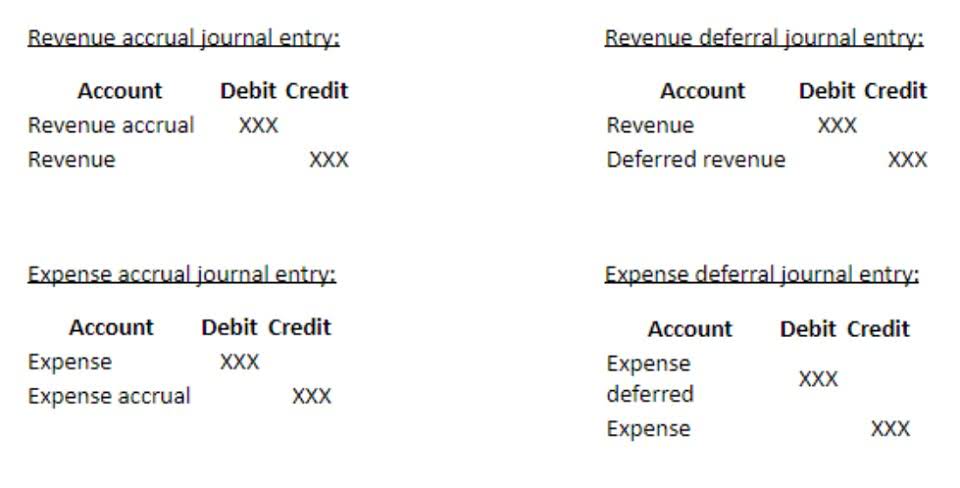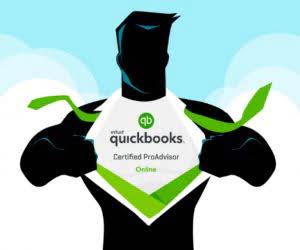Petty cash is usually used for items bought from nearby shops that typically aren’t very expensive. Free accounting tools and templates to help https://travelusanews.com/consulting-services-in-the-uae-support-in-setting-up-a-business.html speed up and simplify workflows. These articles and related content is the property of The Sage Group plc or its contractors or its licensors (“Sage”).
Collect receipts
They’ll also be responsible for the secure storage of the fund and performing regular reconciliations to ensure the cash on hand matches the records. The physical nature of cash makes it ideal for immediate, low-value transactions. Unlike credit card or debit card payments, petty cash offers instant access, crucial in unforeseen circumstances.
Unlock Your Business Potential with OneMoneyWay
This liquid fund ensures business continuity for minor business expenses, preventing delays and maintaining smooth operations. To handle petty cash reconciliation, regularly compare the petty cash balance with the receipts and expenses recorded. Document any discrepancies and adjust the records accordingly to maintain accurate financial accounts. To ensure proper management of petty cash funds, businesses should establish a clear policy and appoint a custodian.
things you may not know about running a start-up business
When a petty cash fund is in use, petty cash transactions are still recorded on financial statements. Journal entries are only recorded when the custodian requests more cash, not when purchases are made with petty cash. The journal entry for giving the custodian more cash is a debit to the petty cash fund and a credit to cash.
Do: specify what it can be spent on
The business would then need to appoint a trustworthy employee as the petty cash custodian. Petty cash is a small amount of money that is set aside by a company for day-to-day business-related purchases. But if you find that most of your petty cash is not being used, the fund amount might be too large. You should deposit the surplus petty cash into the company bank account.
- Usually, a trusted employee called a petty cash custodian, is in charge of the money.
- If there are any odd transactions or the numbers don’t add up, you could be looking at theft.
- For example, a business that averages $200 of tax-deductible petty cash expenses per month, could potentially write off $2,400 from its annual tax bill.
- A detailed petty cash log or journal should be maintained for every transaction, documenting the date, amount, purpose, and recipient.
- Often, imprest systems commence with a fixed amount and are replenished as funds diminish, ensuring efficient handling of minor expenditures during daily operations.
- Let’s say an executive assistant at a law firm has received approval from the managing partner to purchase donuts for a staff meeting.
If not, additional funds must be transferred from the normal business checking account. The cash is kept on site, usually in a secured drawer or safe that can only be accessed by someone with authority to handle the cash. The purpose of the fund is to have some cash on hand in case a small purchase needs to be made. Sometimes, the balance in your petty cash fund becomes too low to purchase small expenses. These receipts can be exchanged for a new check made to cash the total amount equal to the receipt. Once the check is cashed, this amount will be added to the petty cash fund to restore the funds to its original level.
Record Cash Transactions
By following these steps, you can audit your petty cash account and ensure that all of the money is accounted for. By following these steps, https://goodmanner.info/page/57/ you can close your petty cash account and ensure that all of the money is accounted for. Following these best practices will help you effectively manage your petty cash account and avoid potential problems.
Step 4: Go to an ATM, or write a check to petty cash
To enforce these controls, companies typically assign a small number of individuals—often called petty cashiers—to manage and approve petty cash disbursements. Broader term that refers to all physical cash a business has available at a given time—including petty cash, cash in tills, or undeposited funds. More specifically, it’s classified https://chicagonewsblog.com/repair-and-construction-experts.html as a current asset on your business’s balance sheet because it represents a short-term resource you can access and use quickly. Petty cash is a small amount of money kept on hand to cover minor, day-to-day business expenses. Keeping detailed records helps to provide accountability for what the petty cash is used for and ensure it’s being used appropriately.









